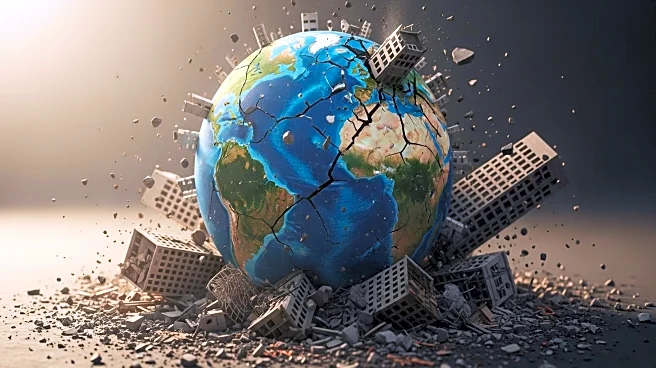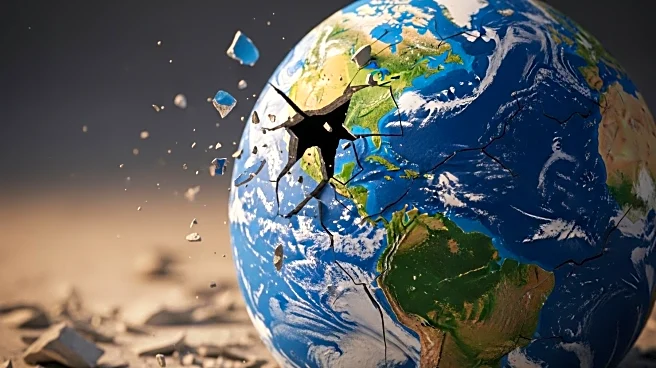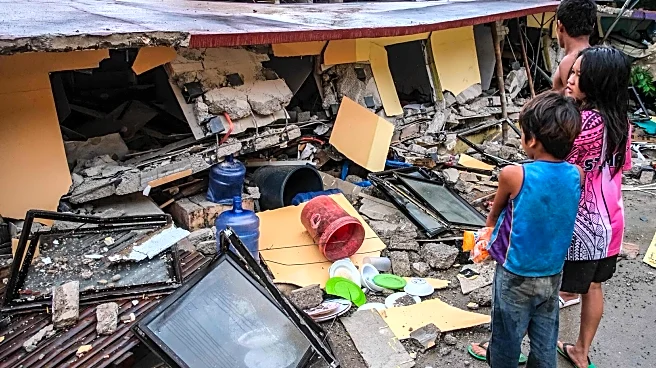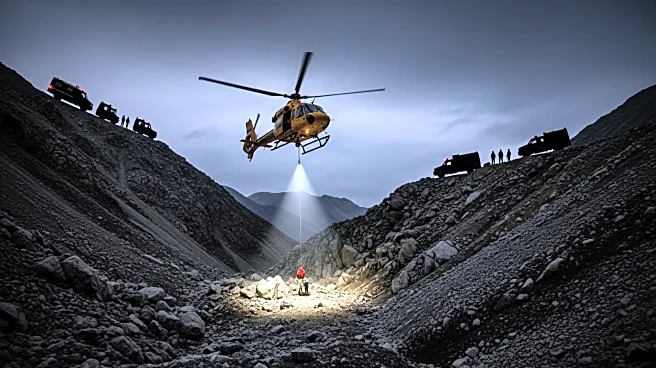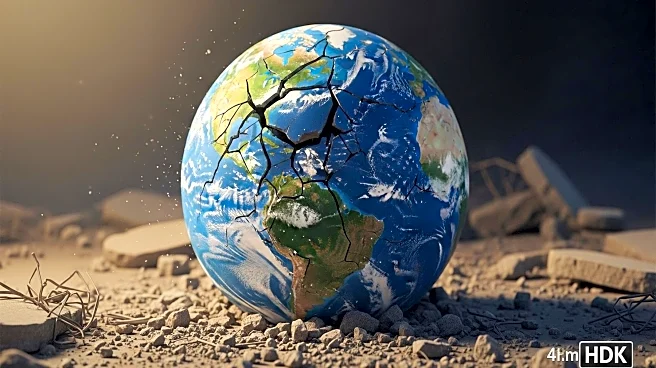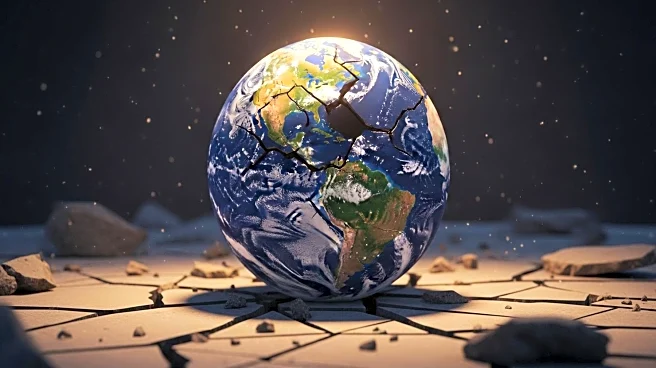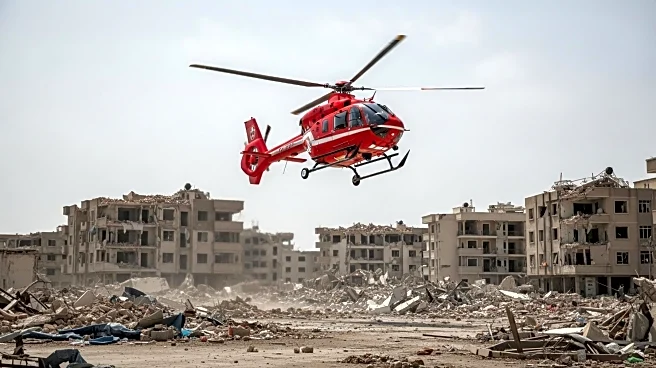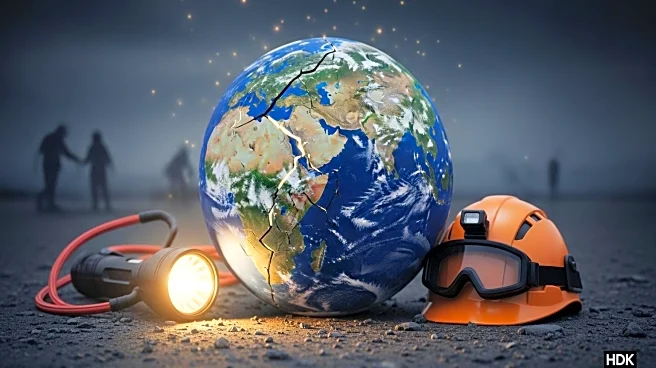What's Happening?
A 6.9-magnitude earthquake struck the central Philippines, particularly affecting Cebu province, late Tuesday. The epicenter was located 19 kilometers northeast of Bogo City. The quake resulted in at least 31 fatalities and numerous injuries, with significant structural damage reported. Walls of houses and buildings collapsed, and power outages ensued, causing residents to flee their homes. The Philippine Institute of Volcanology and Seismology issued a brief tsunami warning, which was later lifted. The region was already recovering from a recent tropical storm that caused additional fatalities and damage.
Why It's Important?
The earthquake's impact on Cebu province highlights the vulnerability of the Philippines to natural disasters, given its location on the Pacific 'Ring of Fire.' The event underscores the need for robust disaster preparedness and response strategies. The damage to infrastructure and the loss of life will likely strain local resources and necessitate national and international aid. The disaster's timing, following a recent storm, compounds the challenges faced by the affected communities, emphasizing the importance of coordinated relief efforts.
What's Next?
Rescue operations are ongoing, with efforts to transport equipment to aid in search and rescue missions. The full extent of the damage will be assessed in daylight, potentially revealing more casualties and destruction. Local officials are appealing for food and water, as the earthquake disrupted water systems. The Philippine government and international organizations are expected to mobilize resources to support recovery efforts. The region remains on alert for potential aftershocks and further weather disturbances.
Beyond the Headlines
The earthquake's aftermath may lead to long-term shifts in disaster management policies in the Philippines. The repeated occurrence of natural disasters could prompt investments in more resilient infrastructure and community preparedness programs. Additionally, the event may influence public policy discussions on climate change adaptation, as the frequency and intensity of such disasters appear to be increasing.

